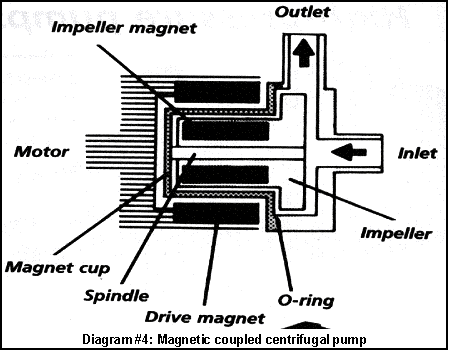Big G
Member
This is going to be such a rudimentary question that it will just be assumed knowledge for most….but not for me so ;
I’m delving into filtration and gorging on it on UKAPS and Aquarium Science (not least of which is that sponge, k1 and pot scrubbers are arguably , cubed inch for cubed inch, the best ‘forward operating base ‘for biological denitrifying bacteria of all possible viable filter medias).
Anyway, I’ll dig further on this before removing all my expensive pumice, which if this is true makes me frankly, a bit of a marketing-led idiot and turn instead to impeller pumps. I’m going slow for my sake not yours , so if I comes across as either patronising or ‘splainy, that’s certainly not my intention nor desire. Far from it, I have both the utmost respect and gratitude for all of you , your knowledge, wisdom and kindness. I’m often astounded and delighted at the generosity of human spirit I see here.
What I want to know is, have I got the following straight?
In internal canister filters, HOBs and external canisters we have an little electric motor that, through some voodoo of magnetism and current beyond my reconning, turns a shaft with a magnet, some plastic moulding and a propellor-like blades on it. In the two I have they appear to work by being, in one form or another, adjacent to an otherwise closed pipe/channel which water can occupy, along with the little well that the shaft assembly drops into. This well, by design, not permitting water to pass beyond it.
The application of electricity turns the shaft in one direction which effectively pushes water down one of two available directions of movement, depending on direction of rotation, so the water in that pipe/channel has no choice but to be wafted, like a Mississippi steamer somewhat, or blasted, like a speed boat, in the direction we want.
The system , if both input, to the pump and output, to the tank and filled with water and sit in water we get a, for want of a better phrase, a complete water circuit.
We call the output or return-to-tank side of this the pressure side as pressure from the blades of the impeller forces water in the given direction of flow and in the trailing vacuum created behind it, water is sucked into to replace it in a kind of chicken and egg, push-suck situation, with arguably, the push or pressure side leading and the suck/pull side following as a result.
This flow of water in a confined, airtight space, all else being equal, interrupted by media to cultivate bacteria and the throughput of oxygen-bearing water to feed it, is what we’re calling biological filtration.
I know I’ve used a lot of terms in very loose, unspecific and non-scientific way here so forgive me.
Many thanks
Bg
I’m delving into filtration and gorging on it on UKAPS and Aquarium Science (not least of which is that sponge, k1 and pot scrubbers are arguably , cubed inch for cubed inch, the best ‘forward operating base ‘for biological denitrifying bacteria of all possible viable filter medias).
Anyway, I’ll dig further on this before removing all my expensive pumice, which if this is true makes me frankly, a bit of a marketing-led idiot and turn instead to impeller pumps. I’m going slow for my sake not yours , so if I comes across as either patronising or ‘splainy, that’s certainly not my intention nor desire. Far from it, I have both the utmost respect and gratitude for all of you , your knowledge, wisdom and kindness. I’m often astounded and delighted at the generosity of human spirit I see here.
What I want to know is, have I got the following straight?
In internal canister filters, HOBs and external canisters we have an little electric motor that, through some voodoo of magnetism and current beyond my reconning, turns a shaft with a magnet, some plastic moulding and a propellor-like blades on it. In the two I have they appear to work by being, in one form or another, adjacent to an otherwise closed pipe/channel which water can occupy, along with the little well that the shaft assembly drops into. This well, by design, not permitting water to pass beyond it.
The application of electricity turns the shaft in one direction which effectively pushes water down one of two available directions of movement, depending on direction of rotation, so the water in that pipe/channel has no choice but to be wafted, like a Mississippi steamer somewhat, or blasted, like a speed boat, in the direction we want.
The system , if both input, to the pump and output, to the tank and filled with water and sit in water we get a, for want of a better phrase, a complete water circuit.
We call the output or return-to-tank side of this the pressure side as pressure from the blades of the impeller forces water in the given direction of flow and in the trailing vacuum created behind it, water is sucked into to replace it in a kind of chicken and egg, push-suck situation, with arguably, the push or pressure side leading and the suck/pull side following as a result.
This flow of water in a confined, airtight space, all else being equal, interrupted by media to cultivate bacteria and the throughput of oxygen-bearing water to feed it, is what we’re calling biological filtration.
I know I’ve used a lot of terms in very loose, unspecific and non-scientific way here so forgive me.
Many thanks
Bg



